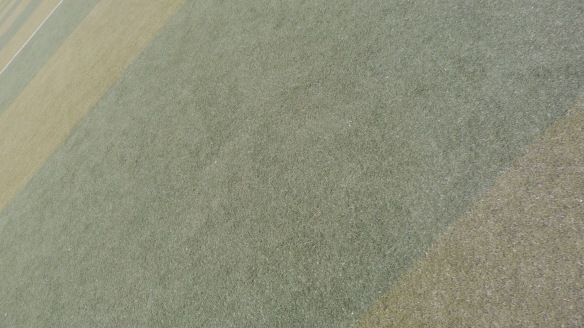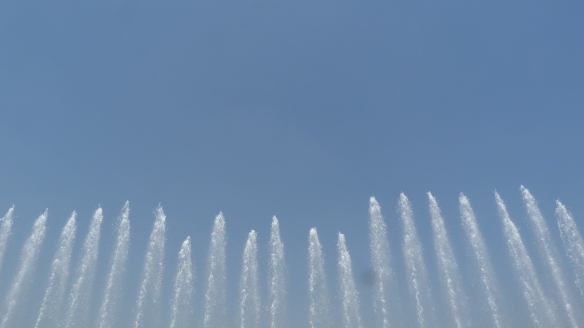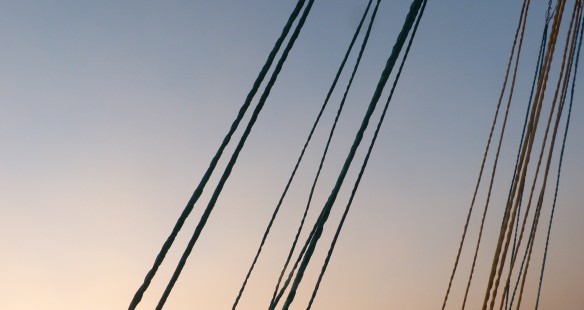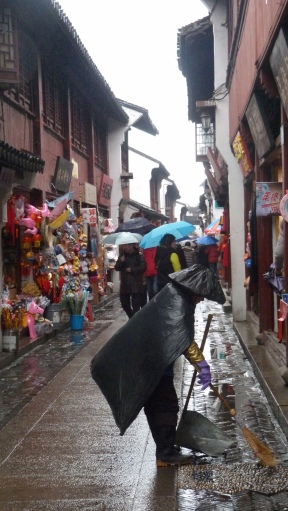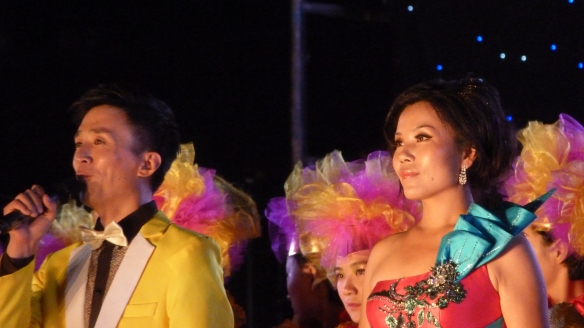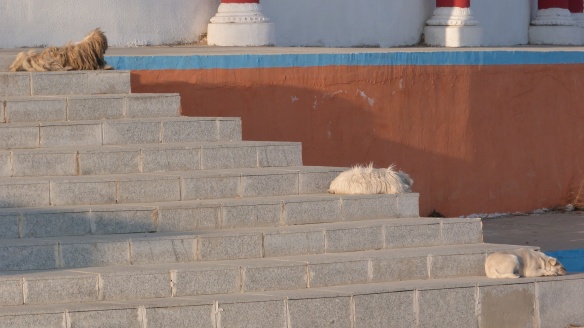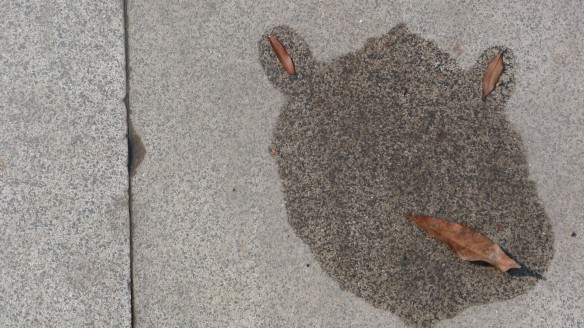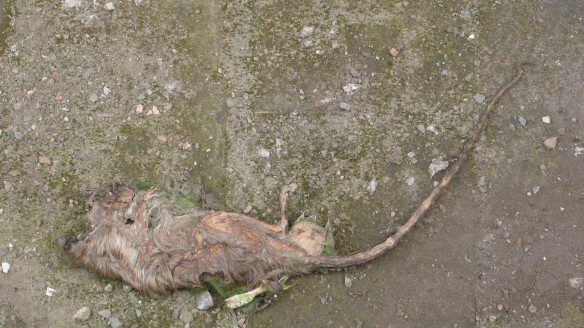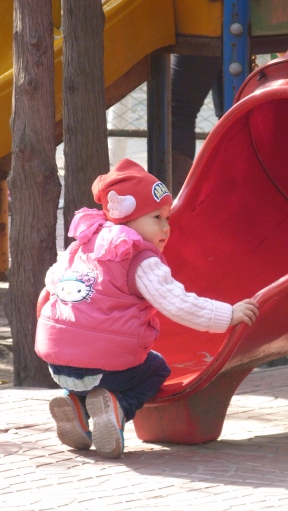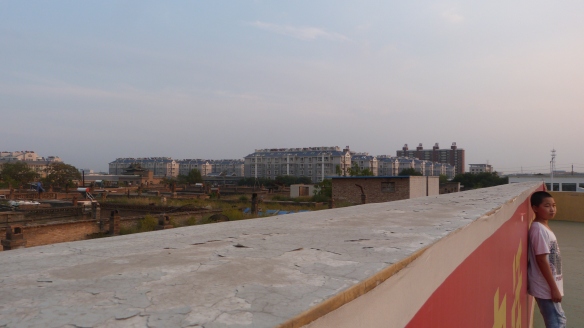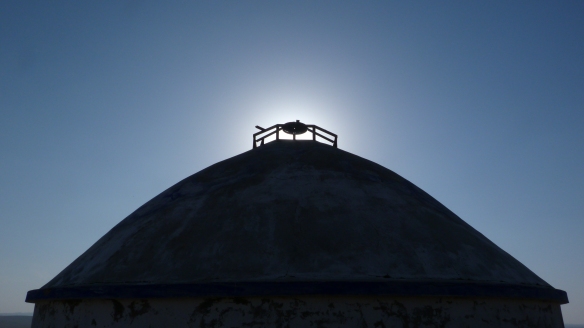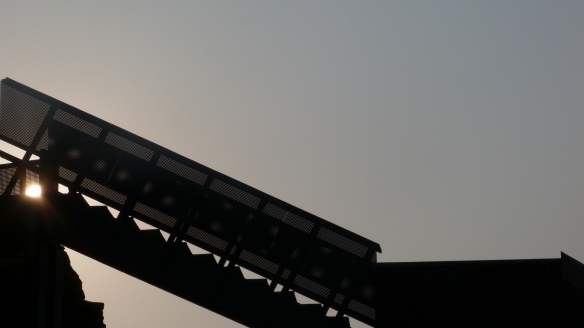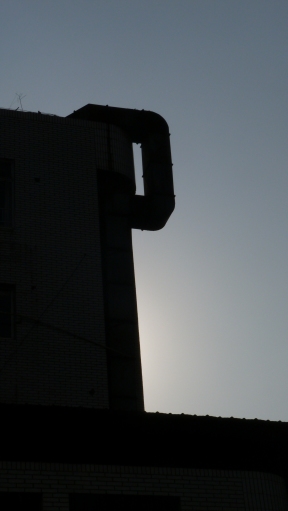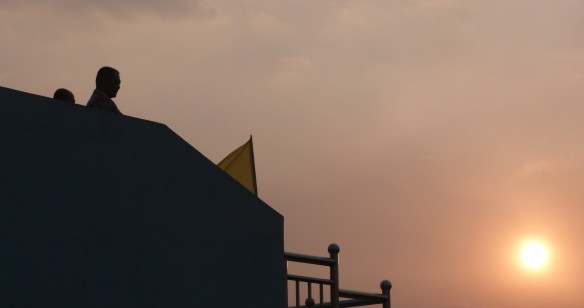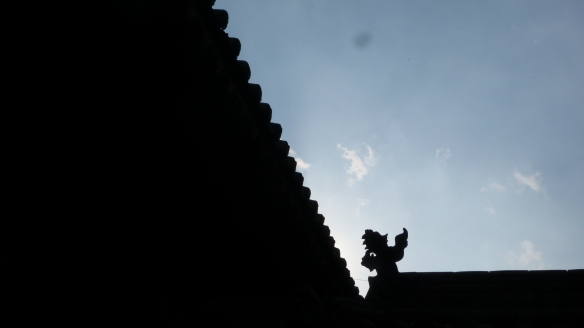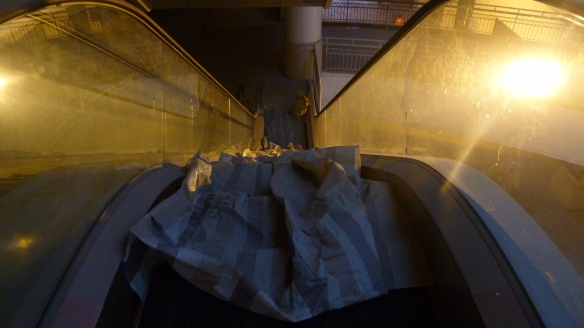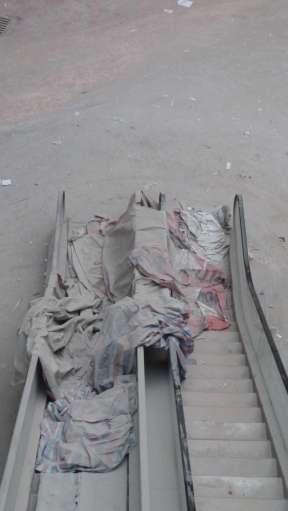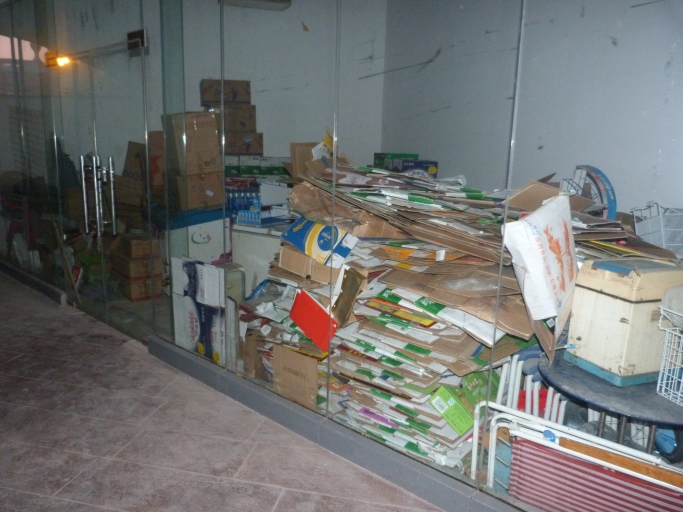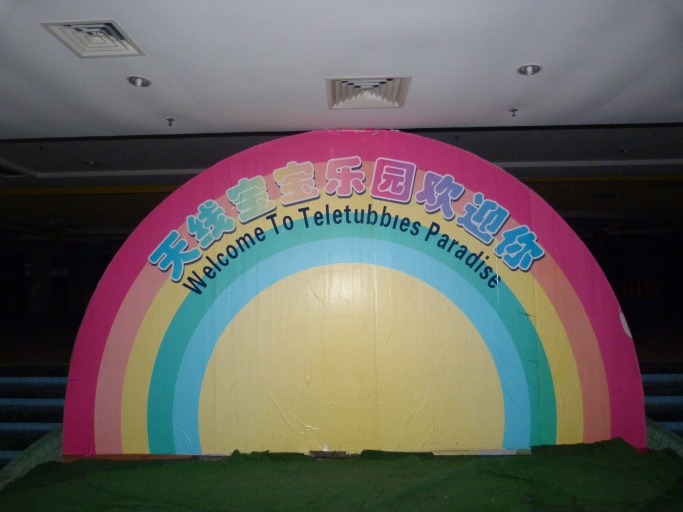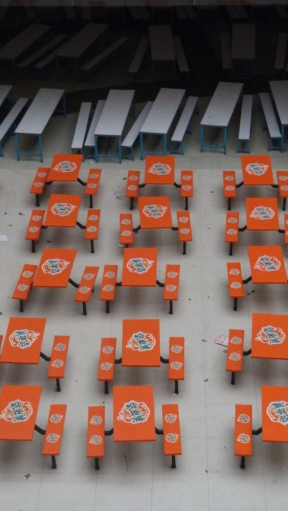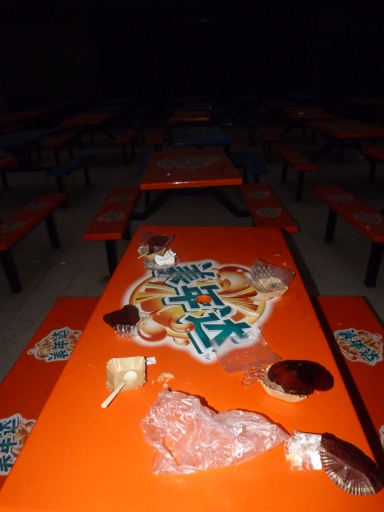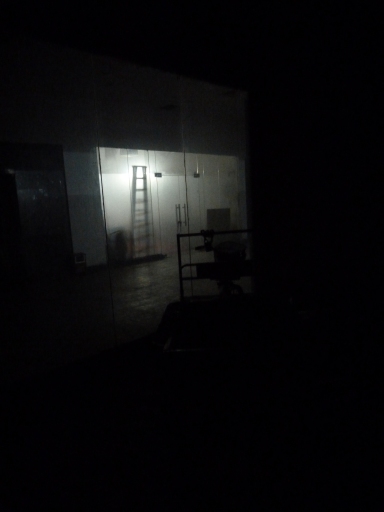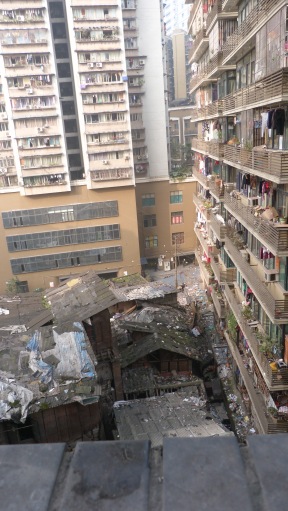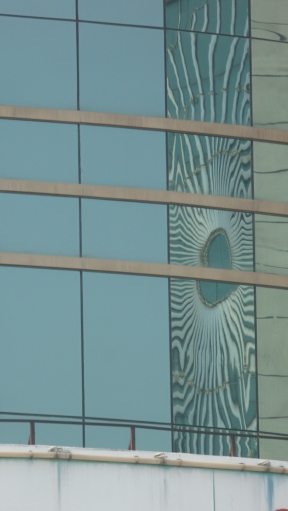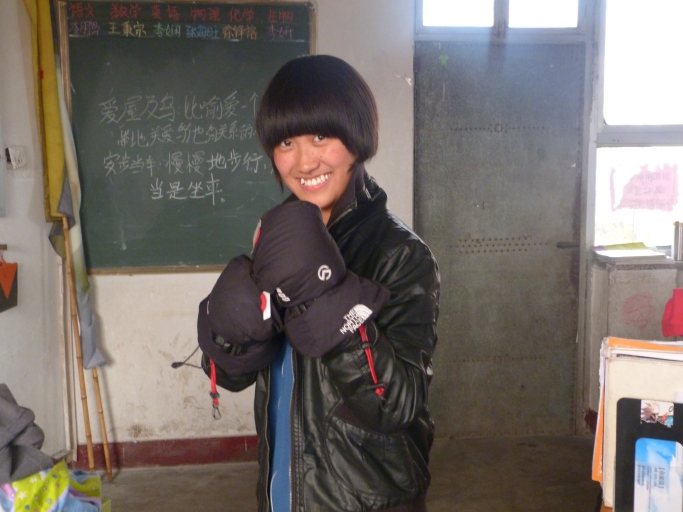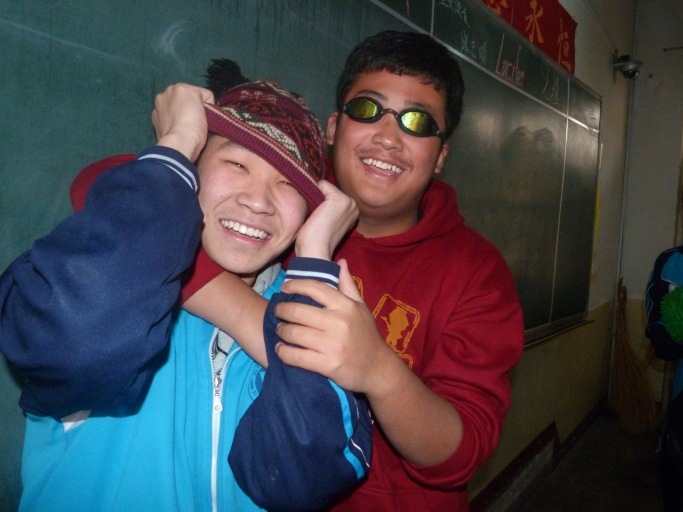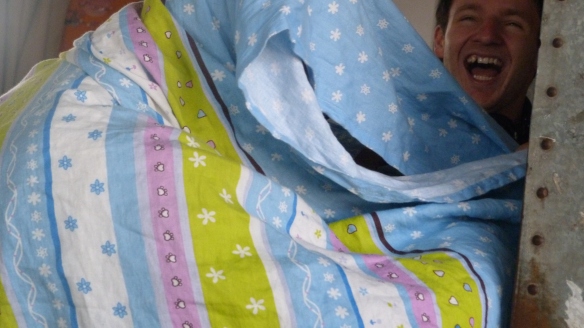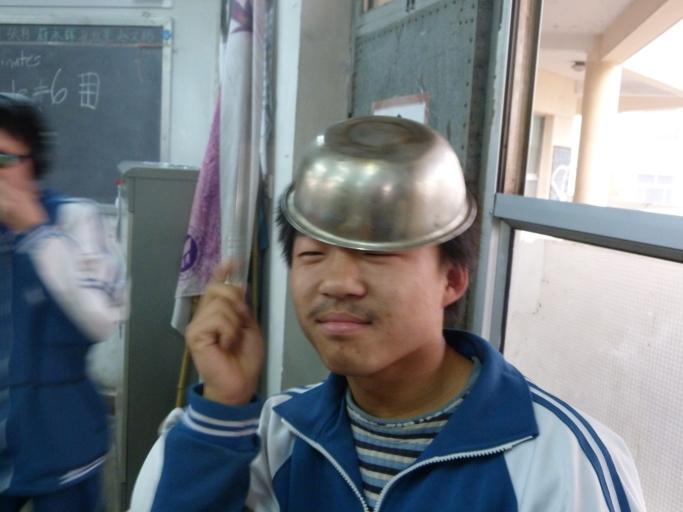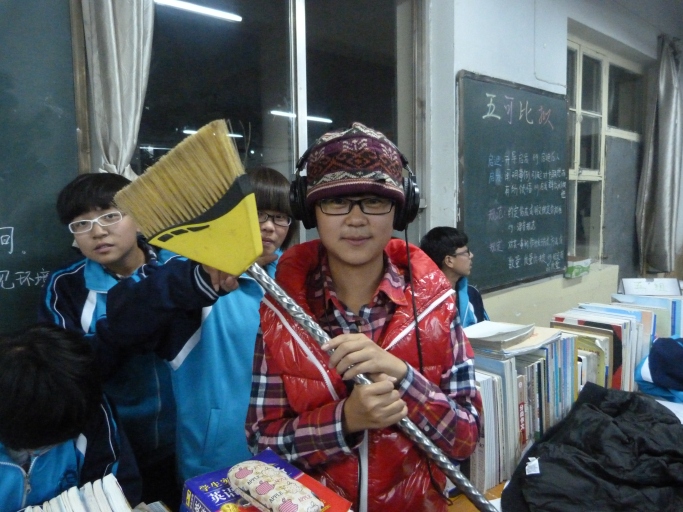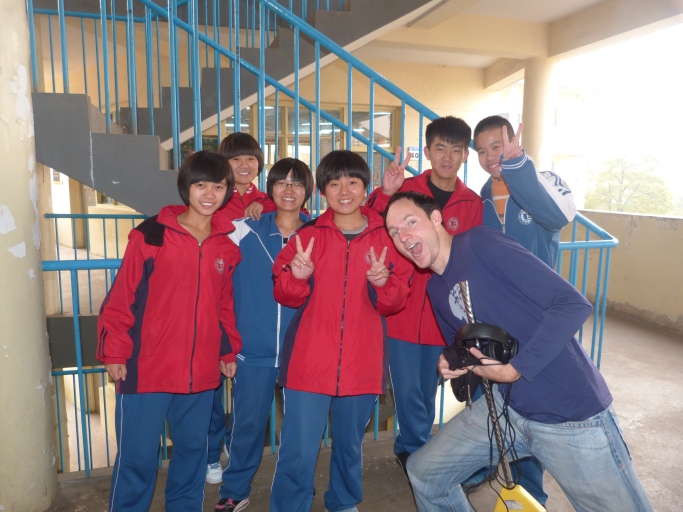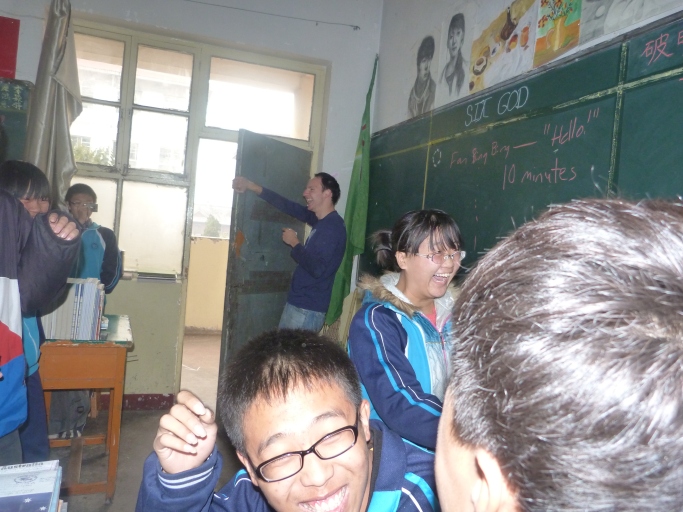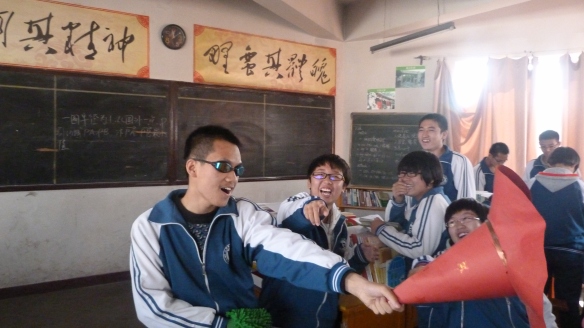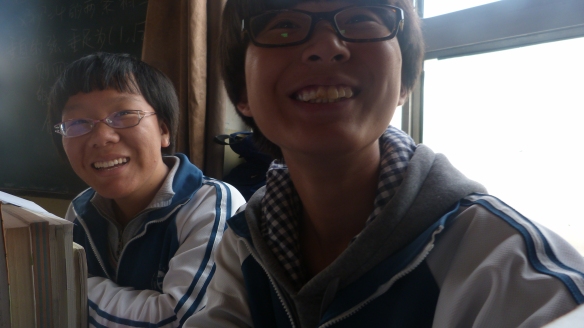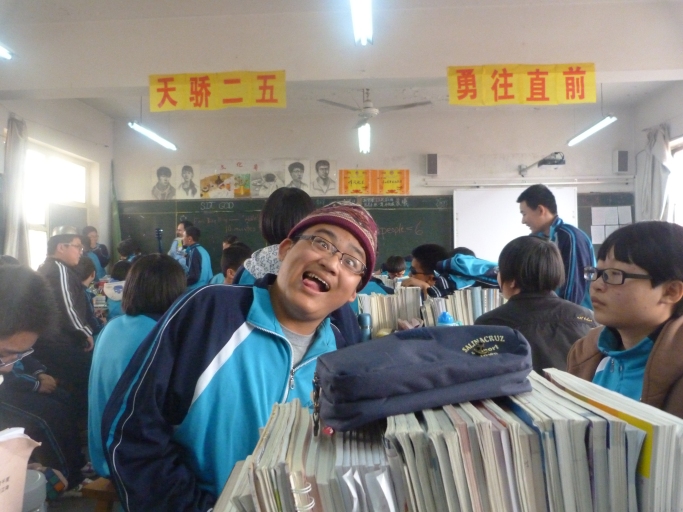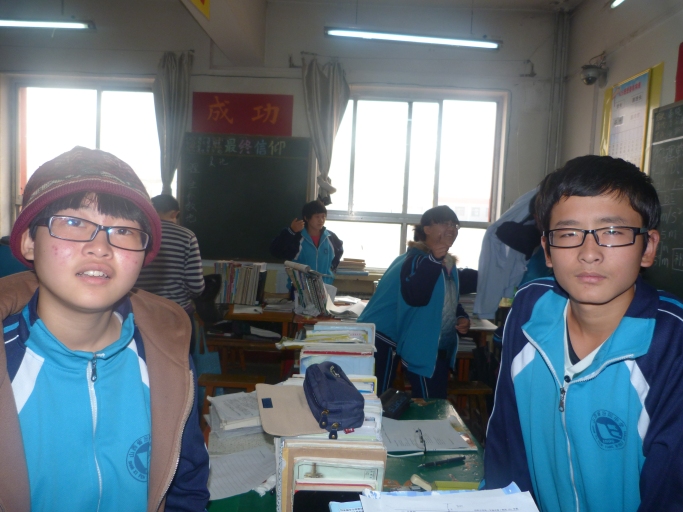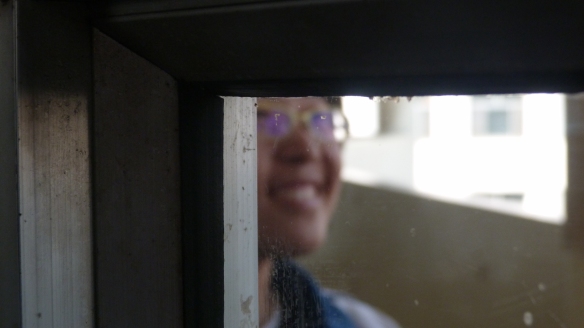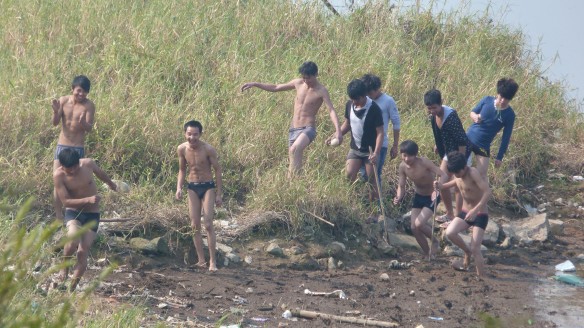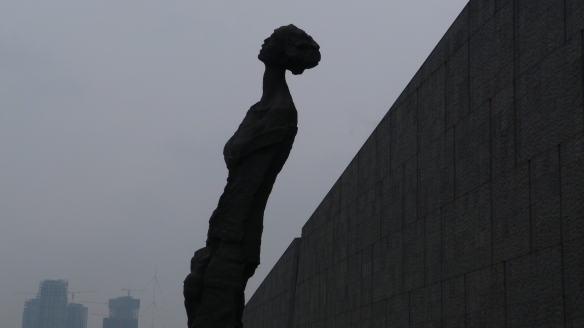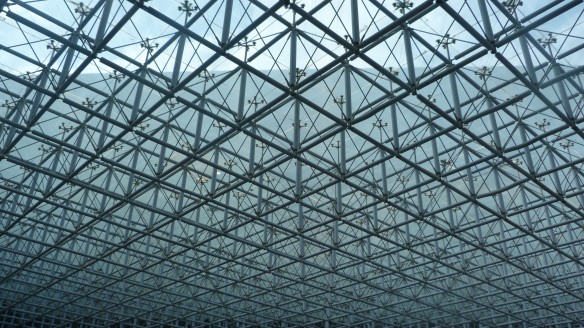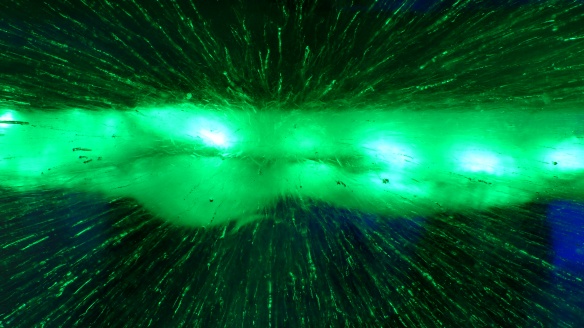= and || and # and ” and B and E and F and H and N and U and Z. Parallel lines. (Strange that there are no numbers here, yes?)
Lines are one of the main photographic lenses. When viewing any photograph, we can ask, “How do the lines interact in this picture?“ Lines come in three main forms: curvy, perpendicular and parallel. We looked at strange, curvy lines in a previous post on silhouette photography. We’ll look at perpendicular lines next time. That leaves…parallel lines! Like all Photography in the Abstract posts, we’ll ask the question:
What ways can you use parallel lines to compose a great picture?
Lines + Out-of-Focus
Strategy to take this kind of picture is: 1) Find close object with a straight side. 2) Align close object’s line with a line in the background. 3) Click.
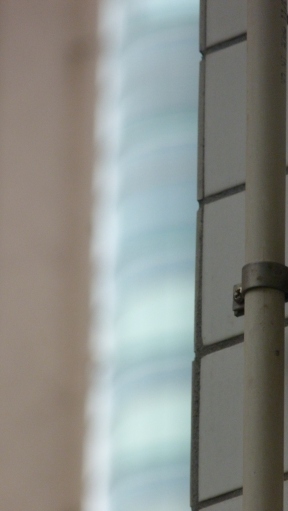
It’s nice when in- and out-of-focus object have similar/related structures (5 rectangular blocks). It’s also nice when those blocks are not simply blocks of color but have their own little details (tile has semi-perpendicular lines for example). [Hong Kong, China]
Variation on a Theme
The above photos emphasize big differences between lines using blur level. The pictures below emphasize small differences using parallel lines to keep shape constant (and thus emphasize the other small differences).

Middle section is variation on railroad track theme. Top and bottom sections are variation on beige theme (w.r.t. middle section). [Suzhou Railroad Station, Suzhou, China]
Parallelism Gone Awry
The lines in the photographs above are darn close to perfectly parallel. The lines in the pictures below are ones that “aren’t parallel, but should be”. This is different than “aren’t parallel and shouldn’t be”. i.e. There are lots of lines in pictures that aren’t parallel but the viewer doesn’t care. In the following pictures we do care (about non-parallelism).

Same pile. Again, parallel lines are a tad off. Angled stick hurts. Sticks ending before leaving the frame also hurts. [Dongguan, China]

Far left lines start parallel. In the middle, bait/gravity combo and reflection turns fishing lines from = into x (parallel to chaos). [Dongguan, China]
Shorter and More Dense Parallel Lines Create Perspective
Photographers will often use converging lines to create perspective. Less often we’ll use shorter and shorter parallel lines to achieve the same effect. Railroad tracks show both, so let’s look at that first then check out my pics.

EXAMPLE PHOTO: Converging lines are the vertical rails. Shorter and more dense horizontal lines are the perpendicular wooden slats. Both imply a vanishing point. [Internet, USA]

Same concept here with two differences. One, lines get longer and then shorter (longest line is Line #5, not Line #6). Two, lines aren’t perfectly parallel. I’m also capturing another convergence point somewhere in the distance away from bottom right. [Kaiping, China]

Variation on railroad track picture. This picture emphasizes converging lines instead of parallel ones. The parallel lines are actually the red steps. Not a constant line, but dots. Note how dots get denser in both directions. [Fenyang High School Stadium bleachers, Fenyang, China]
Nontraditional Lines Are Cool Too
‘Nuff said. Look for lines everywhere.
Until Next Time
It’s 2015! I published 17 posts in 2014 after returning from China. Not bad. I definitely enjoy this. Posts that I’m most excited for in 2015:
- Ducks
- Texture
- Reviewing photographer’s reviews (of my blog)
- Using post-production (which I’ve never done)
- B&W
Thanks to all of you who have been reading my posts! 20 followers is a non-zero number! K bye.
– Rhys



